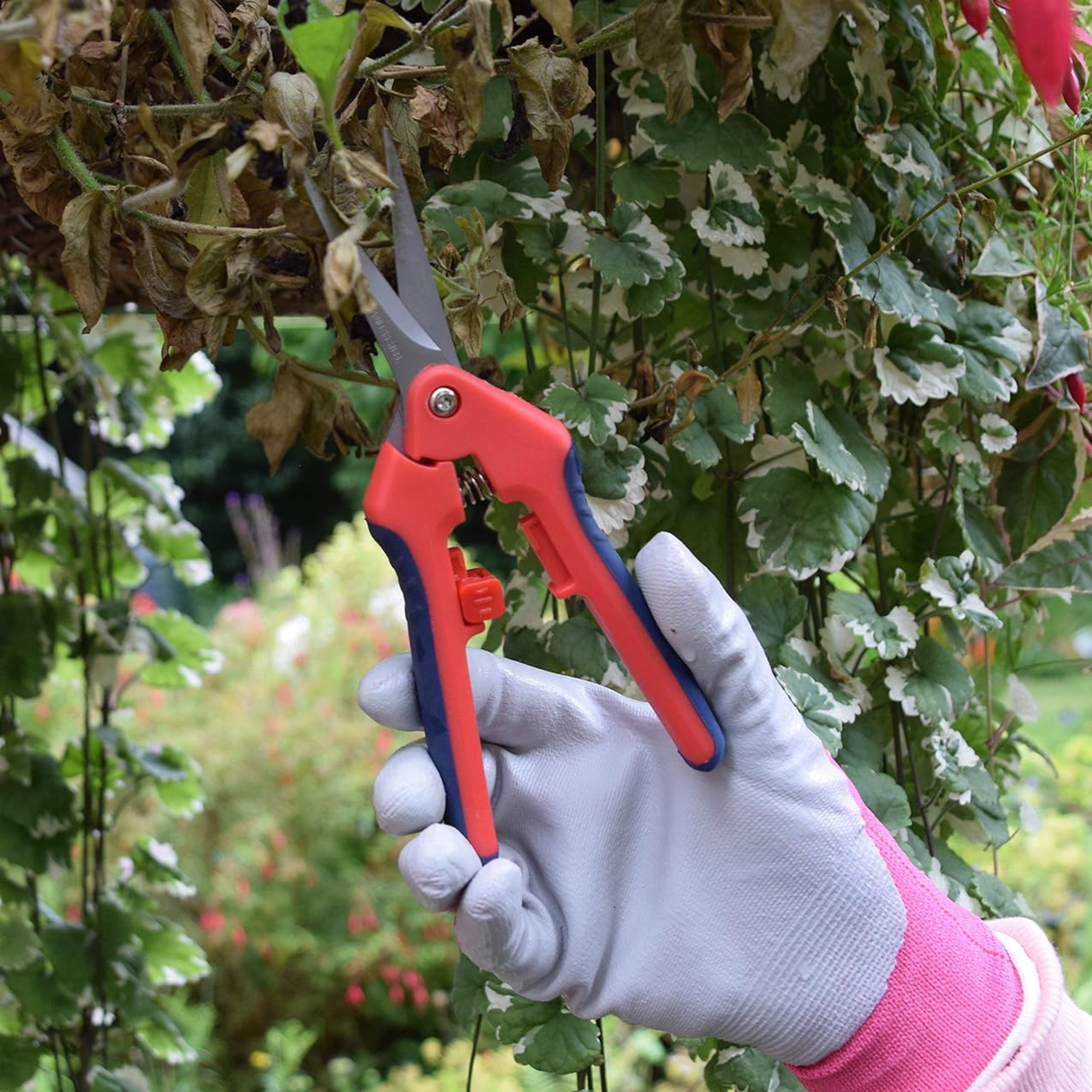13 garden jobs in July - what to tackle now from sowing to pruning and harvesting
Expert tips for keeping your garden in shape this month
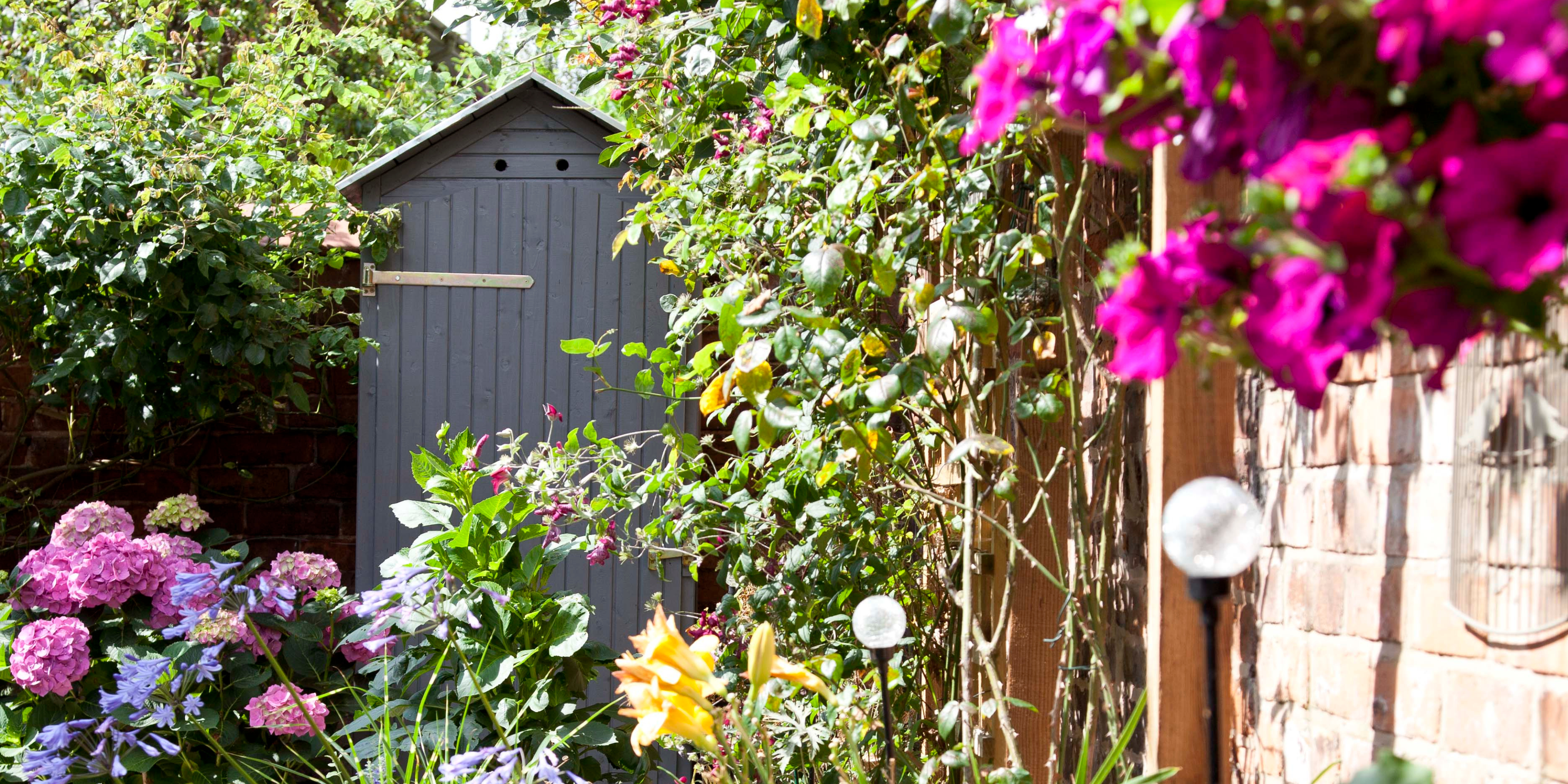

There are countless garden jobs in July to keep you busy, from tidying your bedding plants to nurturing and harvesting your crops.
As the sun beats down on hot days, you'll want to keep on top of watering and look at feeding your plants where necessary.
The best garden ideas work in a well-maintained garden and, kept in tip-top shape, you'll be able to enjoy your garden in full summer bloom – with plenty of alfresco dinners and barbecues to celebrate.
If you're wondering what to plant in July, you'll be pleased to know there are still plenty of options you can add to your garden this month.
Jobs to do in the garden in July
Peak gardening season continues in July, meaning there's lots to be getting on with in the garden – so if you're wondering what to prune in July or are simply looking to get your garden in shape so you can experiment with easy garden ideas, you've come to the right place.
'July is the time to embrace all your earlier gardening efforts,' says Marcus Eyles, resident gardening expert and Horticultural Director at Dobbies. 'Enjoying plants and flowers, many of which will be putting on their best displays of the year this month.
'Make the most of any good weather, but don’t forget to regularly water and feed your plants – consistency is key!'
Sign up to our newsletter for style inspiration, real homes, project and garden advice and shopping know-how
What you'll need
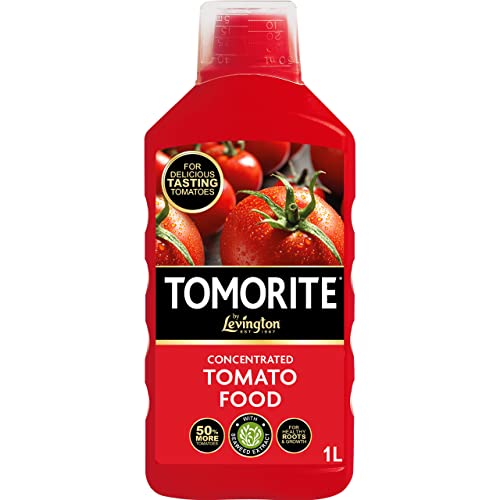
Nourish your tomato plants with this stalwart, available at a stellar price at Amazon for a limited time only.
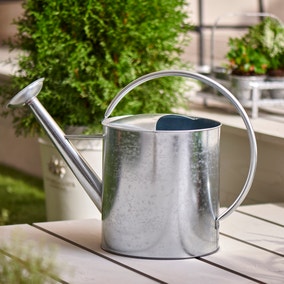
Water your plants with this stylish galvanised watering can from Dunelm.
1. Deadhead bedding plants
One of the most important garden jobs in July is keeping on top of deadheading, particularly for bedding plants.
'Deadheading in July is particularly important for bedding plants to encourage further blooming and maintain a tidy appearance,' says Morris Hankinson, director at Hopes Grove Nurseries.
'Firstly, look for flowers that are faded, wilted or starting to develop seeds. Cut the flower stem back to the first set of healthy leaves or a bud. This encourages the plant to direct its energy into producing new flowers rather than seeds.
'It's important to use clean, sharp scissors or pruning shears like the Fiskars SingleStep Pruner from Amazon to avoid spreading disease. Always check your plants at least once a week during the growing season and remove any dead or dying flowers.'
It's also important to bear in mind that there are some plants you shouldn't deadhead if you want to cater to wildlife or add interest to your garden later in the year.

Morris Hankinson is the Founder and Managing Director of Hopes Grove Nurseries Ltd, the UK’s only specialist grower-retailer of hedging plants.
2. Feed tomato plants
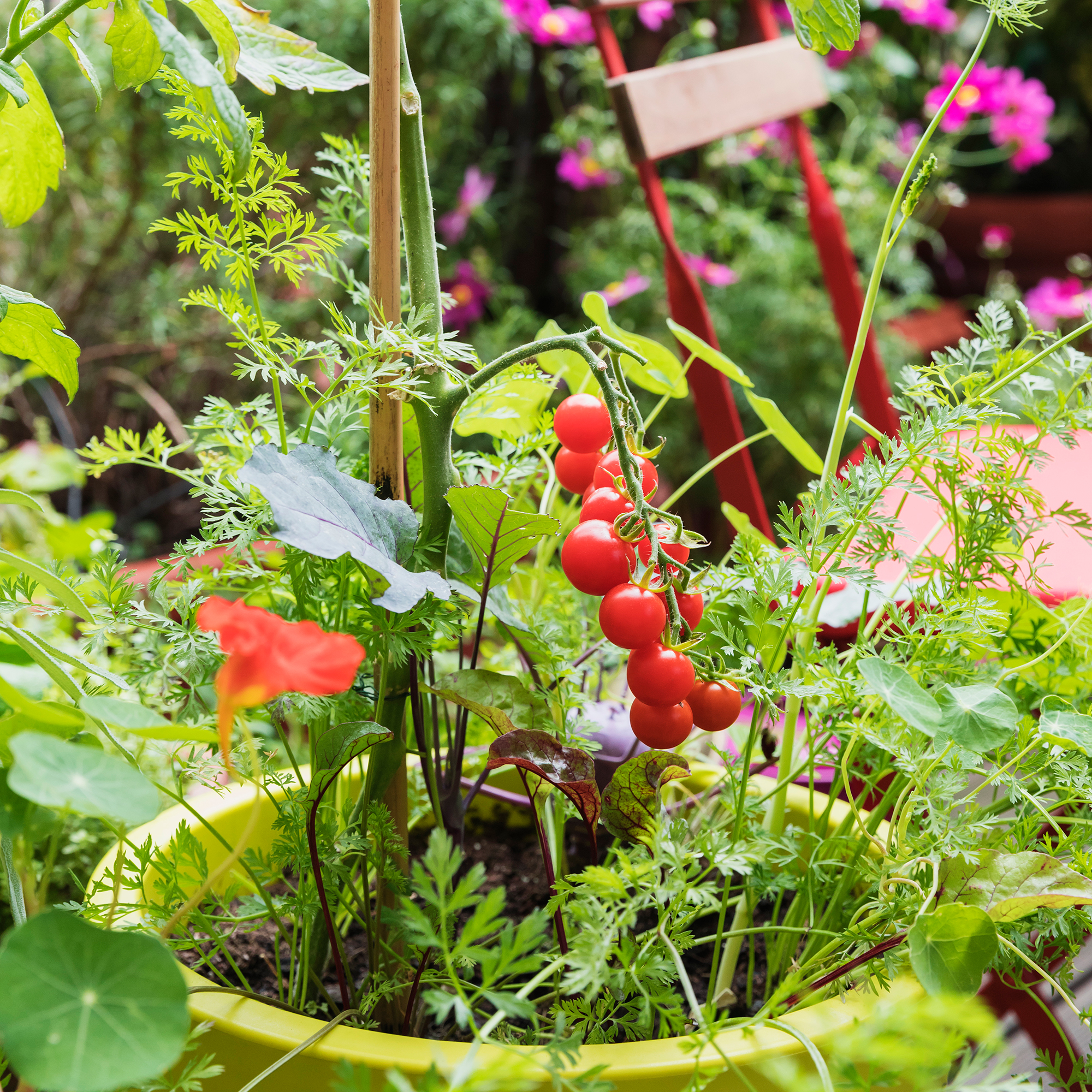
If you've figured how to grow tomatoes successfully, you should be seeing the plants flourish this month. Feeding the plants will ensure they continue to thrive all season.
'July is a crucial time for feeding tomato plants to ensure they continue to produce healthy, flavourful fruit,' says Morris. 'Use a balanced fertiliser which is high in potassium or one specifically formulated for tomatoes.' Levington Tomorite from Amazon is a go-to choice for many gardeners.
'Feed your tomato plants every two to three weeks, moving to every week once the plant is mature, but always check the instructions on your fertiliser,' Morris advises.
'Alternatively, you can use a slow-release fertiliser that feeds the plants over a longer period. Dilute according to the package instructions and apply directly to the soil around the base of the plant.' Try the Gro-Sure 6 Month Slow Release Plant Food from Amazon for continuous feeding throughout the growing season.
'Avoid getting fertiliser on the leaves as this can cause burn. It's also important to make sure tomato plants are well-watered before feeding, as fertiliser can cause root burn if applied to dry soil. Water deeply after feeding to help the nutrients reach the root zone.'
Remember, you can grow tomatoes in hanging baskets or containers, making them the perfect option for patios and balconies.
3. Harvest vegetables
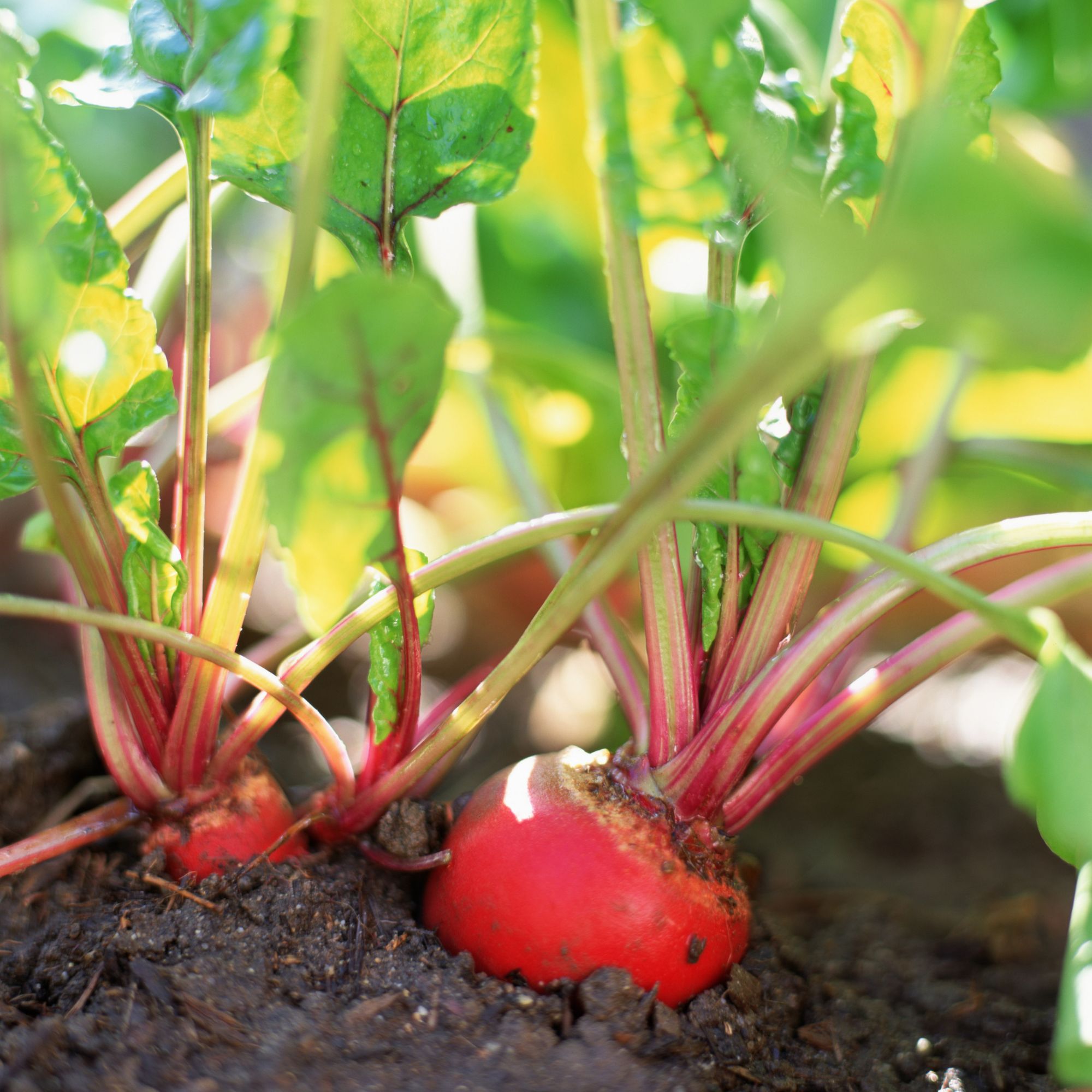
One of the perks of growing your own fruit and vegetables is that many summer dishes can come straight from the garden, and there's plenty to pick this month.
Pull up beetroot once the roots are the size of golf balls, and continue picking peas and runner beans to encourage more pods to grow.
You can also harvest potatoes, chard and carrots this month once they are ready.
4. Water mindfully
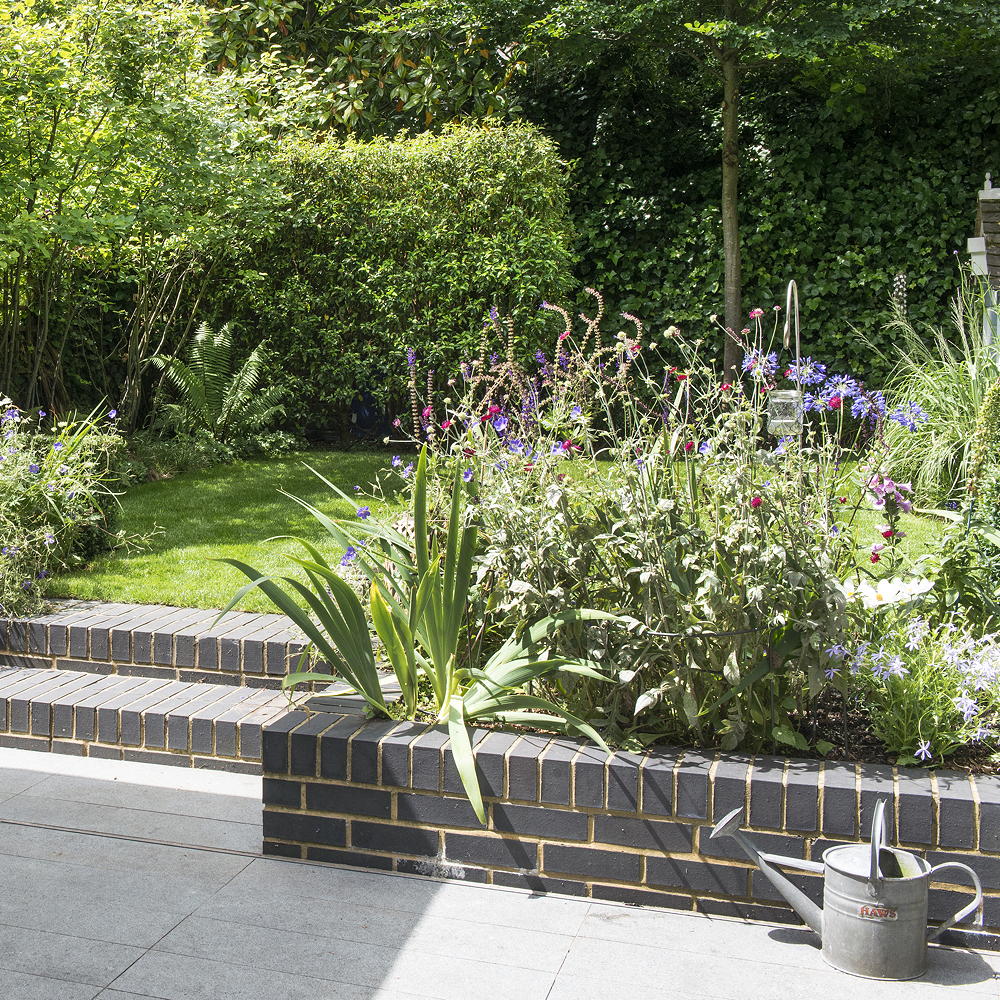
Hot weather means watering is even more key, as plants get thirsty too. 'Make sure you keep your show-stopping display of summer colour by regularly watering container plants and add a balanced liquid fertiliser every other week to encourage strong healthy growth and continual flowering,' advises Marcus from Dobbies.
'It is important that you water the trees, shrubs and perennials that were planted in spring. Make sure you are watering the base of the plant and avoid wetting the leaves as they won’t absorb any water this way and wetting the leaf tissue can even encourage fungal diseases.'
But Marcus is keen for gardeners to explore more sustainable garden ideas as we water. He advises, 'To make water go further, water thoroughly, less frequently, rather than little and often – so a few times a week rather than every day, depending on rainfall of course.'
'Place buckets under hanging baskets to catch excess water that can be used in other areas of your garden. Little changes like this can make a big difference if we all make them.'
5. Thin out fruit trees
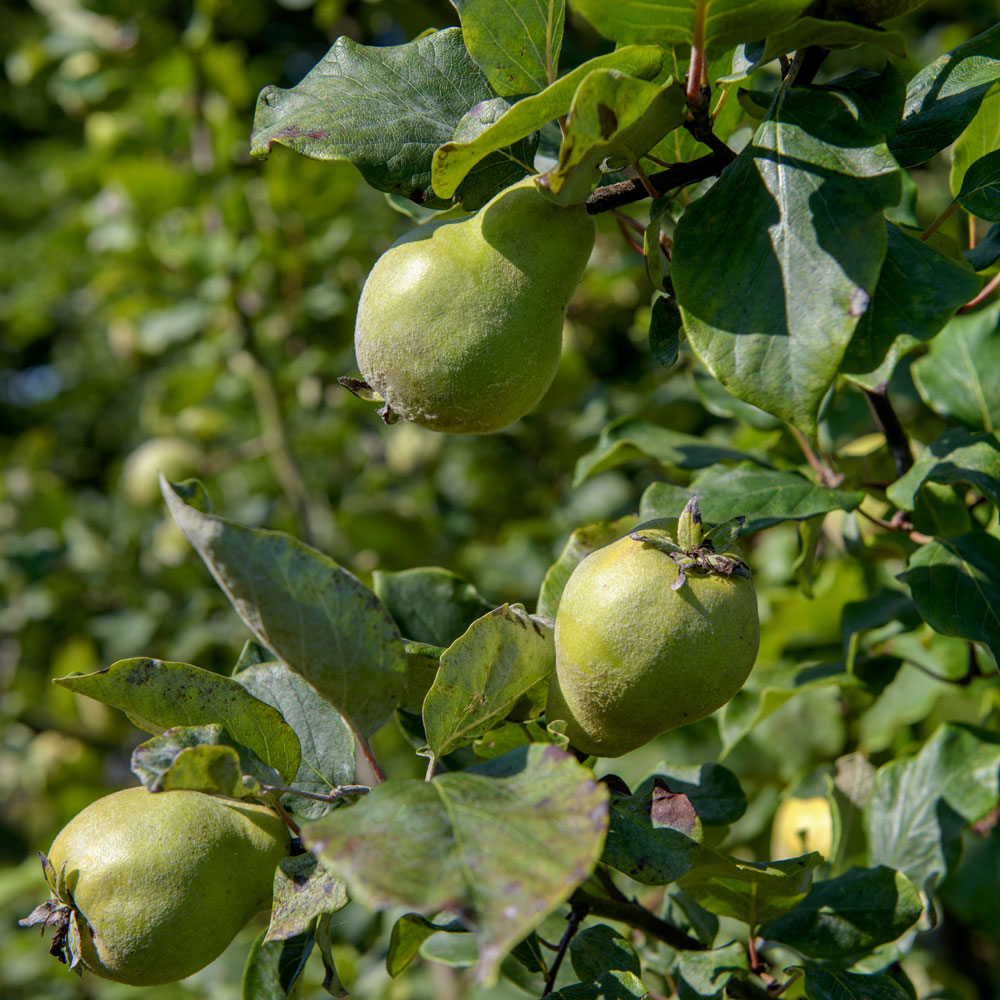
During peak gardening season, the favourable conditions for plant growth mean that fruit trees can abundantly over-produce. Large quantities of heavy fruits such as apples, pears and plums on the branches can often result in a final crop of disappointingly small fruits. This is due to the high demand put on the tree’s resources and the limited sunlight penetrating its heavy branches.
July is the prime time to thin out your dense crops by removing any excess or damaged fruits from the plant, enabling it to develop a more evenly ripe crop of fruits.
'Prune stone fruit trees such as cherry and plum this month, removing any crossing branches to maintain an open framework' is Marcus' advice. 'These fruit types are susceptible to certain fungal diseases through open wounds if pruned in the winter, whilst pruning at this time helps to avoid risk of infection.'
The Spear & Jackson Razorsharp Telescopic Ratchet Anvil Lopper from Amazon is perfect for those harder-to-reach branches.
6. Cultivate kitchen garden crops
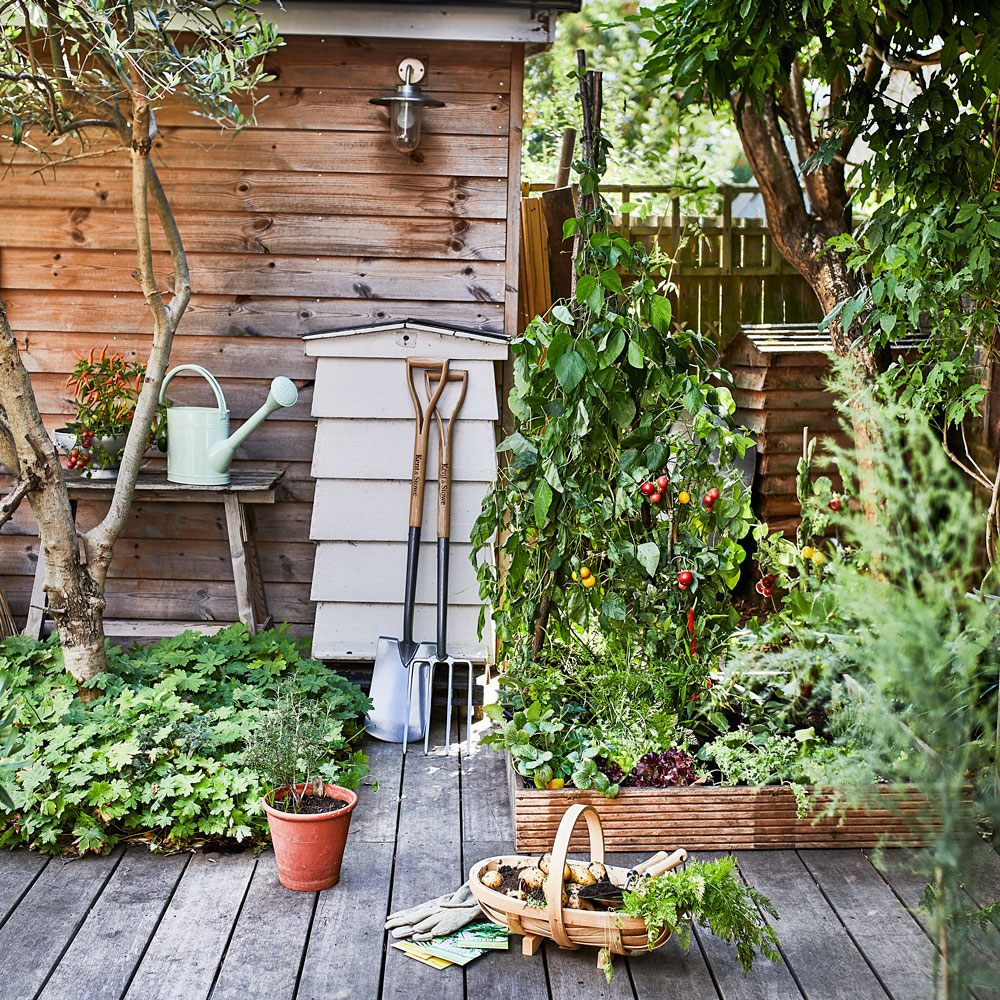
While many crops can be harvested this month, it's important to keep nurturing those which are still growing.
'Pinch out side-shoots of tomatoes to concentrate growing energy into trusses of fruit,' says Marcus. 'Water regularly and consistently.
'Continue to earth up main-crop potatoes, to avoid tubers being exposed to the light and turning green. Early potatoes will be ready for harvesting, maturing around 10 weeks from planting.
7. Love your lawn
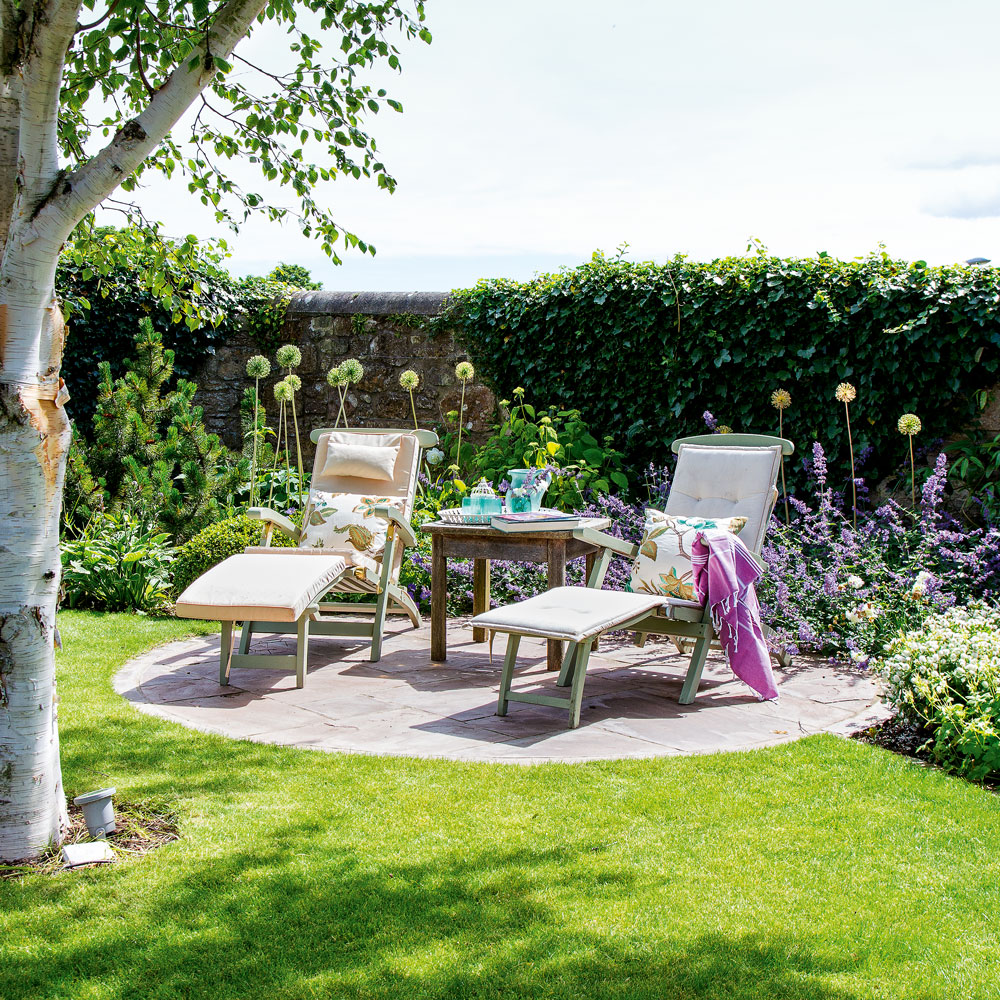
Summertime means that everything will be growing extremely fast and as a result, you will need to make sure you are mowing your lawn once a week to keep it in good health. It is also important to water your lawn regularly to prevent it from turning brown and drying out during the hotter months. If your ground has become dry, spike it gently with a garden fork before watering to aid the penetration of the water.
'Regular mowing is best for a manicured lawn, reducing the cutting height in hot weather to help prevent drying out' Marcus advises. 'Keeping the blades slightly higher helps the grass resist the extra summer wear.
To encourage more garden wildlife, allow your grass to grow and the wildflowers will bloom to support pollinating insects or leave some areas of grass to grow.'
8. Take cuttings from your perennials
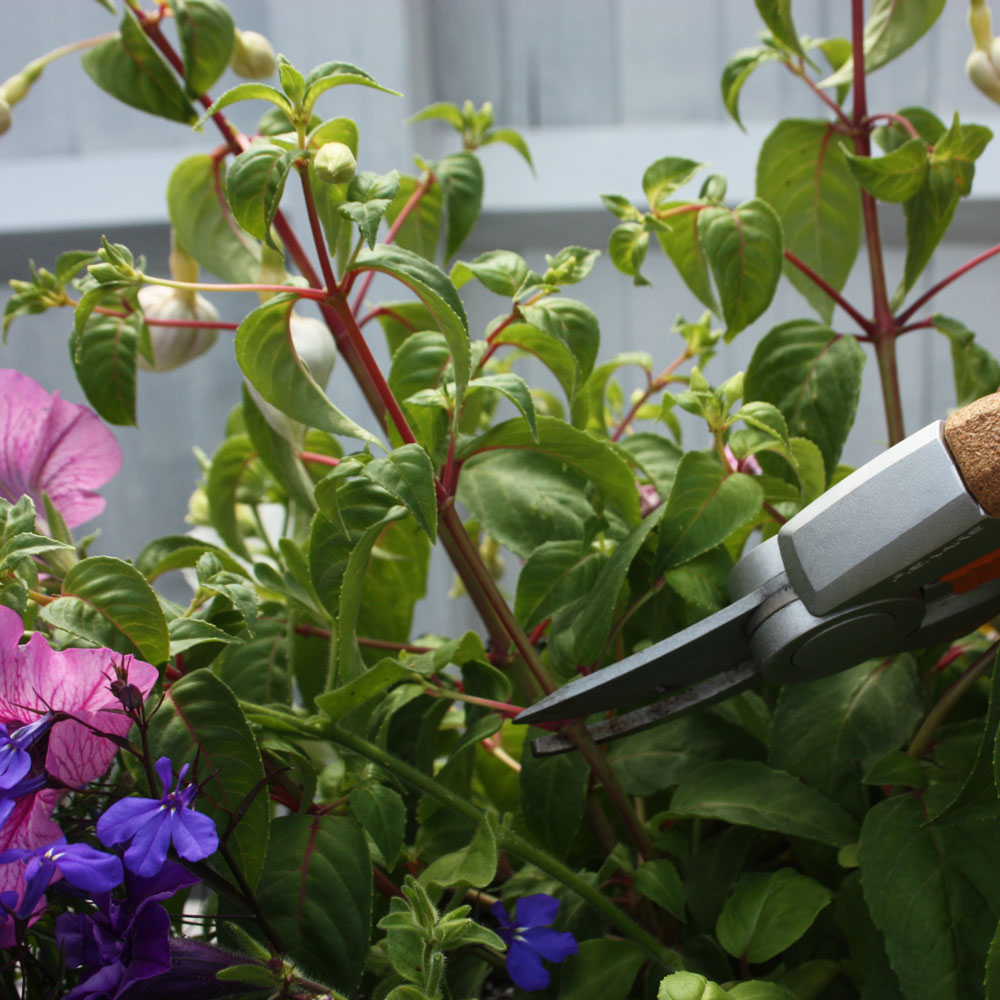
'Tender perennials such as fuchsias are best propagated from cuttings, so July is a great time to get snipping,' says Marcus. 'As young plants root more easily, cuttings should be taken from the tender new growth for the season. Either pot the plants now so that they develop sufficient roots to survive in the winter, or hold onto your cuttings until the following spring.'
If you're wondering what to prune in July, there are plenty of options.
'Encourage fresh growth by cutting back herbaceous plants such as delphiniums, lupin and hardy geraniums after their first flush of flowers,' advises Marcus. 'Put supports in place around tall herbaceous perennials such as delphiniums and gladioli to prevent damage from wind and rain.'
'Summer prune wisteria, cutting whippy side shoots back to around five leaves from the main stem. This will encourage new flower buds to form and improve your display next year.'
9. Feed the birds
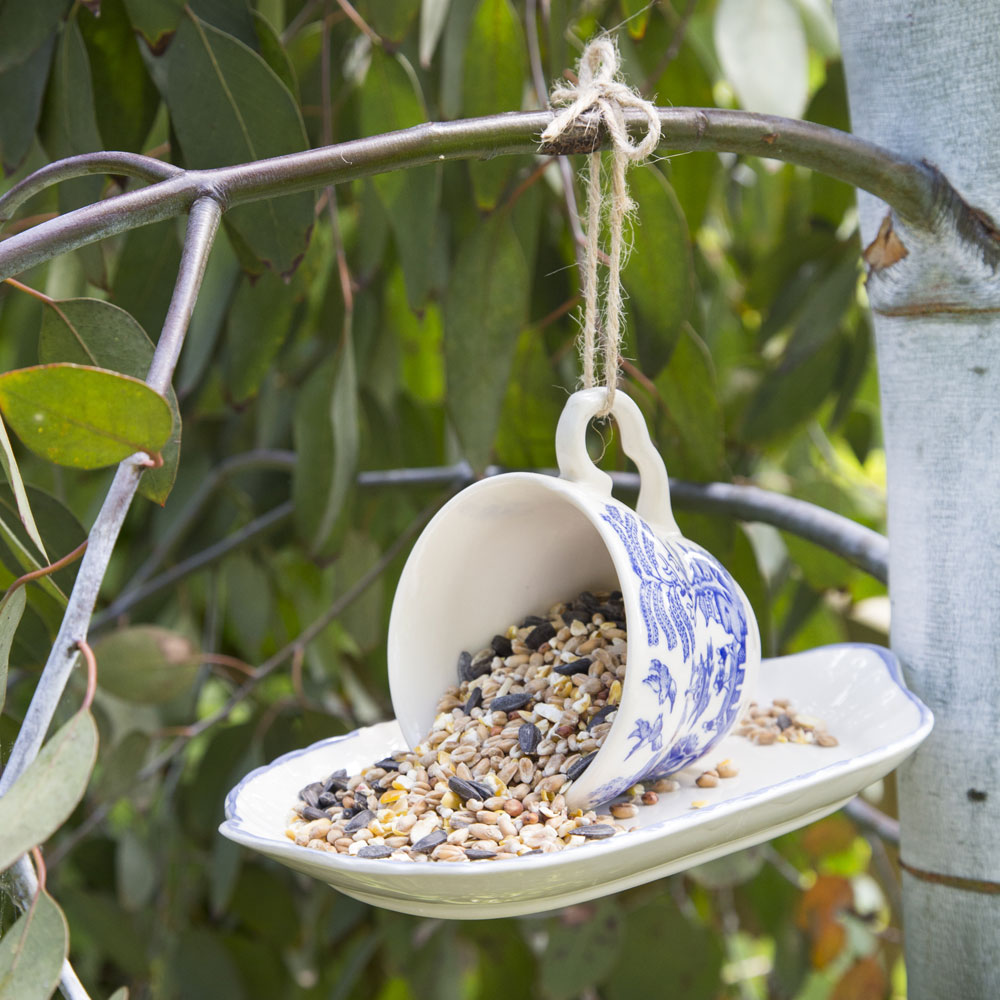
Summer feeding is in full swing, so remember to top up your bird and wildlife feeders and water containers. The warmer weather means that July is an especially important month to tend to nature and keep your garden abuzz with birds, bees and other wildlife – particularly as over 82 per cent of Brits would like to attract more wildlife into their gardens.
Birds in particular relish in gardeners’ efforts, using bird baths to both hydrate and cool down through bathing in the water. Read our wildlife garden ideas for 15 easy ways to turn your outdoor space into a haven for wildlife. B&Q has a fantastic range of bird baths to suit every garden.
10. Get ahead with sowing
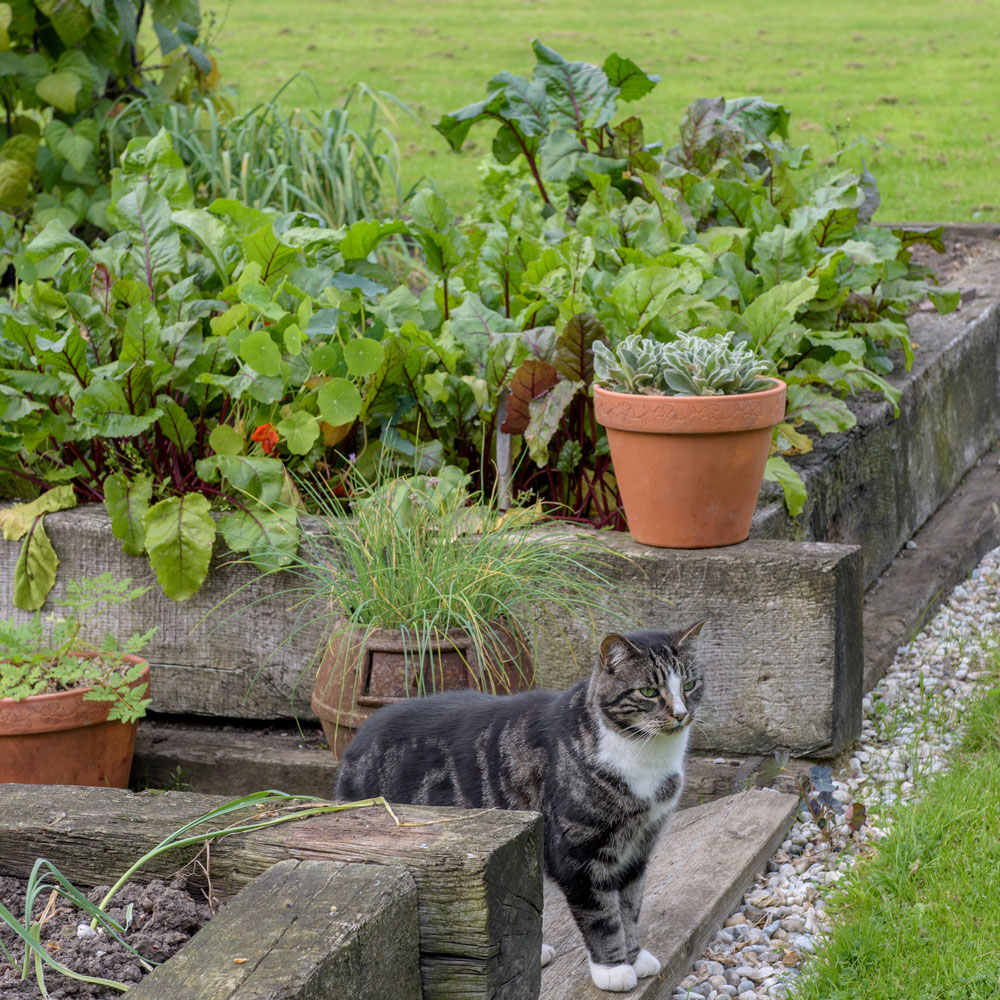
If you really want to get ahead, sow biennials such as foxgloves, sweet William, wallflowers, honesty and forget-me-nots, to plant out in autumn for a stunning display next spring. Sow into large seed trays or a dedicated seed bed, then separate seedlings when large enough to handle.
Sow late summer and winter crops such as leeks, carrots, cauliflower, sprouting broccoli, cabbages and dwarf peas. You can also continue to sow lettuces, radishes and beetroot in between the rows of slower-growing crops.
11. Lend a hand to wildlife
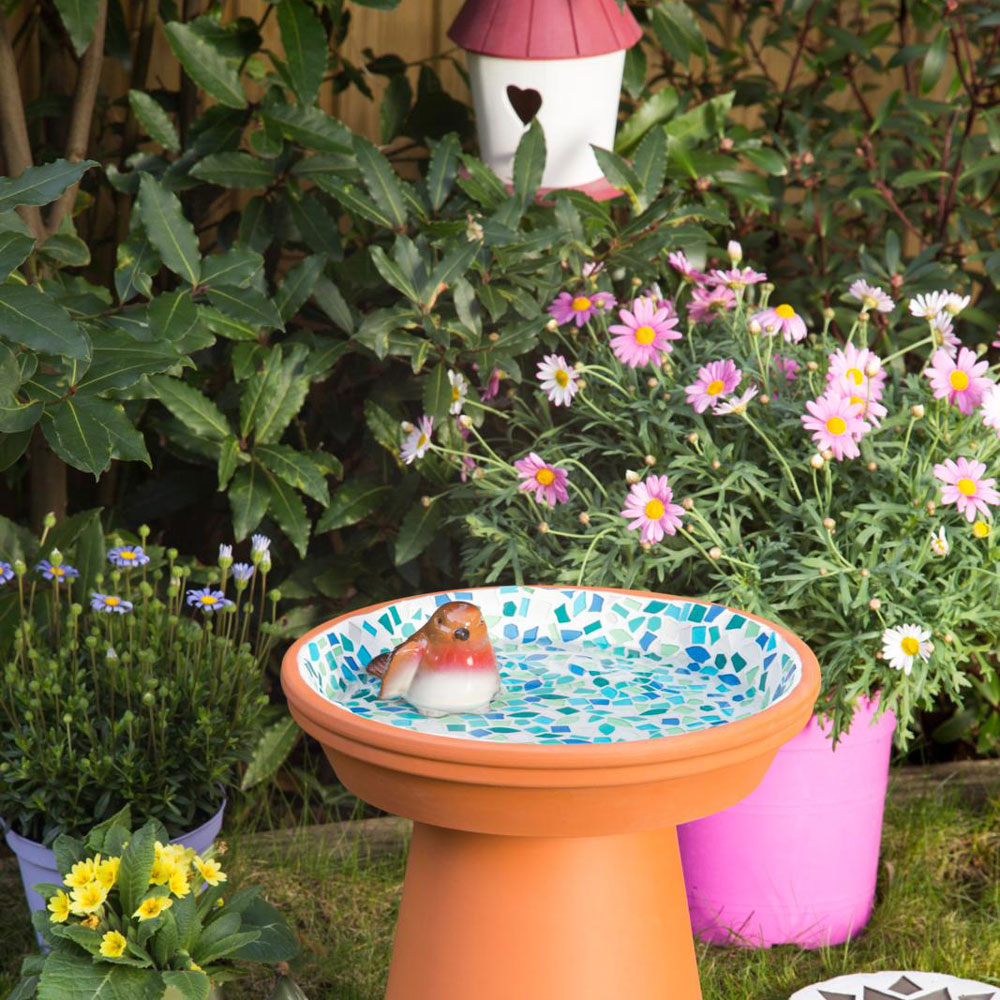
Care for birds and wildlife by cleaning and topping up bird baths and feeders. Avoid pruning your hedges until the end of August at the earliest. The main breeding time for garden birds is between March and August so give them time to rear their young.
Conifers in particular provide nesting sites for blackbirds, robins, and greenfinches, as well as larger birds such as sparrowhawks and crows. Top up ponds, ideally with rainwater and remove dead foliage from aquatic and marginal plants. Blanket weeds can also be a problem - carefully remove them using a garden fork and leave them by the side of the pond so any creatures can crawl back into the water.
The bees will be doing their best to harvest the pollen so the last thing they need is to have to risk losing their precious load in the long grass. The RHS have a helpful list of garden and wildflowers that are perfect for pollinators.
12. Collect and store seeds

Collect the seed of flowers that you want to grow again next year. Store the seeds in paper bags or envelopes, labelled with the plant name and harvest date. Preserve them in a cool, dry place.
The Sophie Conran for Burgon & Ball Galvanised Steel Seed Tin from John Lewis includes dividers to sort your seeds by month.
13. Carry out regular checks for plant supports
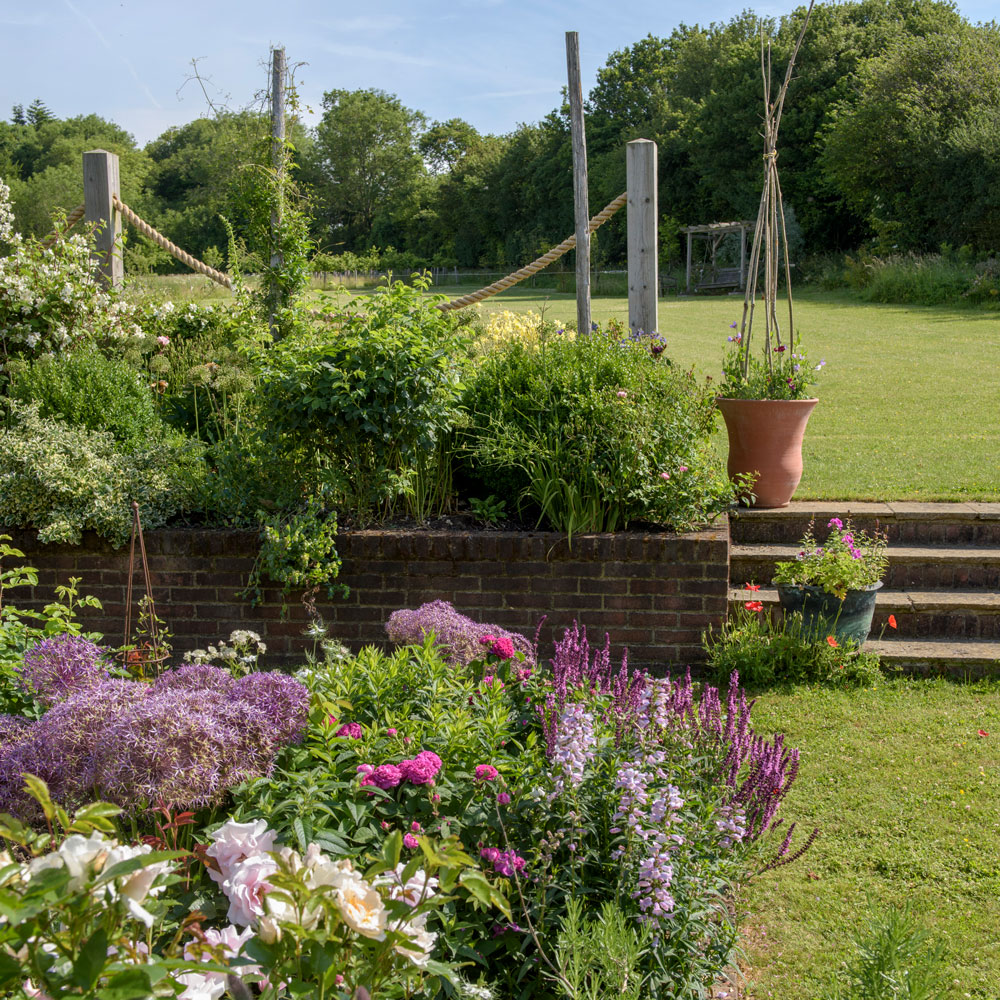
Check supports for climbing plants; the strong winds and torrential rain will have put considerable pressure on everything, but regular tidying in the garden is easier to deal with than leaving it all until the end of the summer.
FAQs
What flower seeds can I sow in July?
There are various flowers you can sow in July, so we asked John Clifford from Gardenstone for his top picks.
'Forget-me-nots can be sown directly outdoors in July for blooms the following season,' says John. 'Start by removing weeds and debris from the soil and water it until the surface is moist, then sprinkle the forget-me-not seeds on the soil and gently rake. They're great for most gardens as they don't require much aftercare – just ensure that they remain fairly moist and avoid waterlogging.'
'July is also an ideal time to sow petunias outdoors due to the warm temperatures. For best growth, use a peat-free compost and combine it with sharp sand to offer effective drainage. When deciding where to sow your petunia seeds, ensure they are placed in an area with lots of sunlight and warm soil.'
'Hardy fuchsias are popular for their bright and beautiful flowers and can also be sown in July for them to establish themselves before the winter season.'
What vegetables can you plant in July in the UK?
There's a long list of vegetables you can plant in July.
'Plant out leeks and brassicas for a winter supply,' Marcus recommends. 'Late sowings of beetroot, radishes, lettuce and salad crops grow quickly in the warm soils for an extended season of fresh vegetables.'
There are lots of garden jobs in July to keep you busy. What will you be ticking off your list this weekend?

Sophie joined the Ideal Home team as Gardens Editor in June 2024. After studying English at Royal Holloway, University of London, she began writing for Grow Your Own, which spurred on her love of gardening. She's tried growing almost every vegetable under the sun, and has a soft spot for roses and dinnerplate dahlias.
As Gardens Editor, Sophie's always on the lookout for the latest garden trend. She loves sharing growing hacks for every space, from herbaceous borders to balconies.
